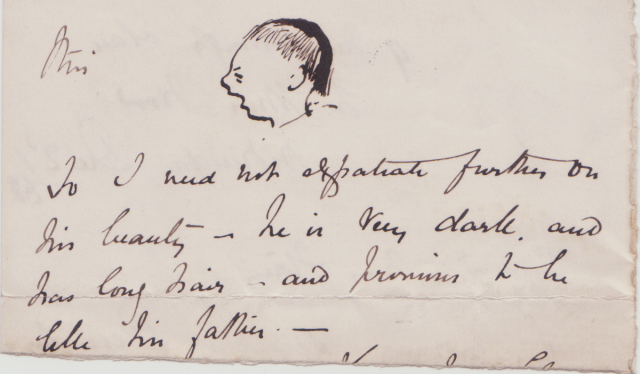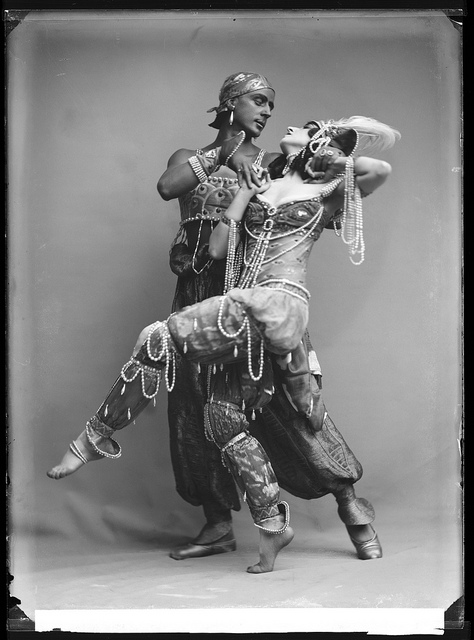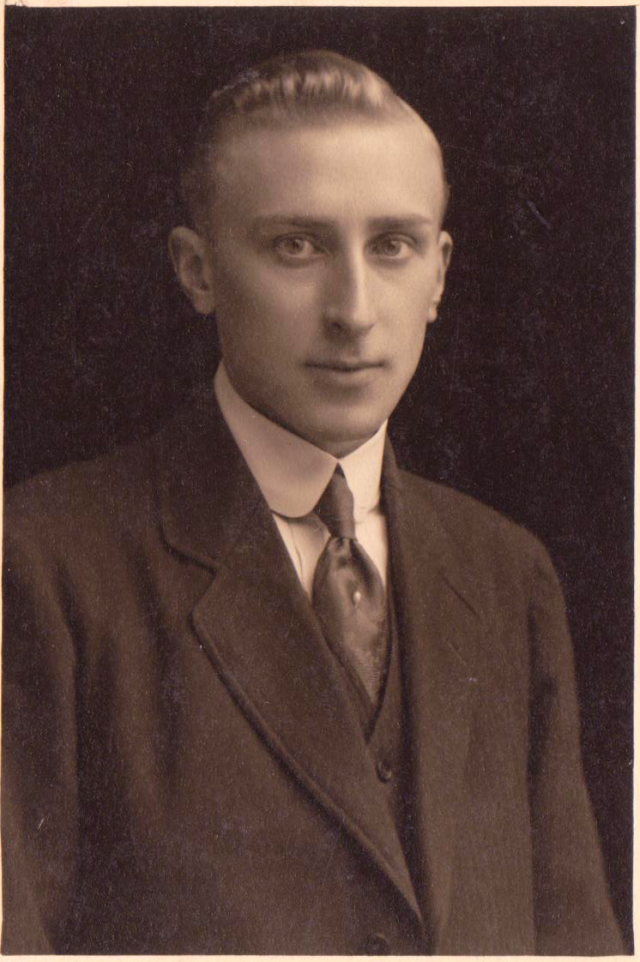You may remember that under ‘A lacuna’ (27 September) and ‘Pause and enigma’ (11 October) I described my attempts to solve the ‘mystery’ of Henry Calderon, George’s second-eldest brother. He had never featured in any of George and Kittie’s extant papers, although all the censuses from 1871 to 1911 show him living in London, and George never went to say goodbye to him, as he did with his other London relations, when he left for the Front. Was Henry the black sheep of the black pot family, as it were? If so, why?
The only child surnamed Calderon, born in Britain between 1879 and 1915, having non-Spanish forenames, and unaccounted for amongst George’s brothers’ families, was Edwin Anthony Calderon, whose birth was registered in the third quarter of 1901. Unfortunately, the NA search also showed that his death was registered in the last quarter of 1902.
I ordered his birth and death certificates. The first told me he was born on 13 June 1901, his father was also called Edwin Anthony Calderon, a ‘waterside laborer’, and his mother was Saba Calderon ‘formerly Vecerro’. Being the informant, the mother had to give her address, which was 15 Island Row, Limehouse, near the London Docks. This would make sense, of course, if her husband was basically a docker. The fact that the father is stated to be Edwin Anthony completely rules out Henry Calderon, but it seemed a little strange that the child was named exactly the same as his father. Why might this be?
The child died on 26 November 1902 from pneumonia. His mother was present and is described this time as ‘Seba Calderon, a nurse (domestic) late of 15 Island Row Limehouse’ and her new address is given as 25 Bickerton Road.
Now simultaneously, my researcher had searched the census of 1901 in vain for a Saba Calderon or Edwin Anthony Calderon, the named parents. However, the death certificate of their son gave the mother’s name as ‘Seba’, which is an abbreviation of the name Sebastiana or Sebastiane. We therefore looked again in the 1901 Census at the entry for ‘Sebastian Calderon’, who was visiting 2 Condor Street in Limehouse when the census was taken, and lo and behold ‘Sebastian’ has been changed to ‘Sebastiana’ (or ‘Sebastiane’) and the age (30) erased in the male column and written in the female column. The chances are, surely, that this is Seba Calderon, who at that point was six months pregnant with her son. The only thing is, she is clearly marked down as unmarried…
Why had she left domestic service at 15 Island Row and was now living at 25 Bickerton Row? Well, the latter was St Pelagia’s Home for Destitute Girls, a Roman Catholic establishment in Upper Holloway providing accommodation for unmarried mothers and their first-born babies. The census entry says she was born in South America. What became of her after her son’s death? She does not feature in the 1911 census, any more than her so-called husband does. Was he really Edwin Anthony, and was his surname really Calderon? There was a custom of women naming their baby after its true father when the latter refused to acknowledge it — in order to shame or at least commemorate him. Is that what happened here, and Edwin Anthony senior was actually an Englishman with a surname quite different from Calderon? It’s a sad mystery.
Meanwhile, a 1907 pocket diary of George Calderon’s has suddenly come to light that mentions his brother Henry three times, and in sociable contexts, so it seems unlikely Henry had ever blotted his copy book; it seems more likely that in 1914 he was just an elderly bachelor insurance man living in New Barnet, as the 1911 census implies!
Next entry: ‘We are not bamboozled’



























‘We are not bamboozled’
About now George Calderon was informed by letter, or told to his face, that his ‘real status’ was ‘that of interpreter’, i.e. not ‘second lieutenant’ as he had disingenuously interpolated in Form M.T. 393, APPLICATION FOR A TEMPORARY COMMISSION IN THE REGULAR ARMY FOR THE PERIOD OF THE WAR (see my post of 6 December).
It must have been a bit of a blow to him. However, as we shall see on 17 December, it did not deter him for one moment from pressing his case. Rather, he probably relished the fact that the ‘game’ was ‘afoot’ — his wrestle with the British military machine. He had honed his skills at dealing with bureaucrats when he was in Russia 1895-97.
But in fact the military paper-men had got it wrong. As we saw (post of 20 September), in recognition of George’s military training Colonel Gordon Wilson of the Blues had made him 2nd Lieutenant when they were at Windmill Hill Camp. Similarly, there can be no doubt that the 2nd Battalion Royal Warwickshires had designated him 2nd Lieutenant ‘in the field’ at Ypres on 29 October.
The trouble, I suspect, was with the indeterminacy (flimsiness) of the rank ‘2nd Lieutenant’. When I mentioned it recently to a Falklands veteran who was interested, he simply guffawed. In 1914 it possibly conveyed the following message where George was concerned: ‘good egg, over age, toff, can’t be called plain private’.
Next entry: Total war comes closer